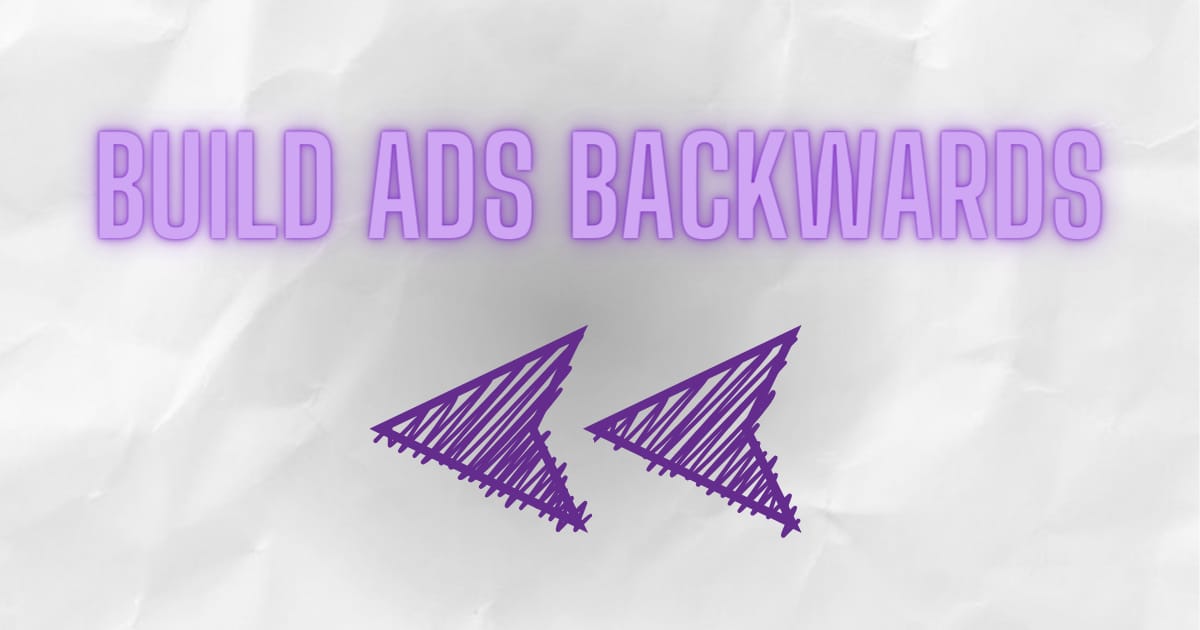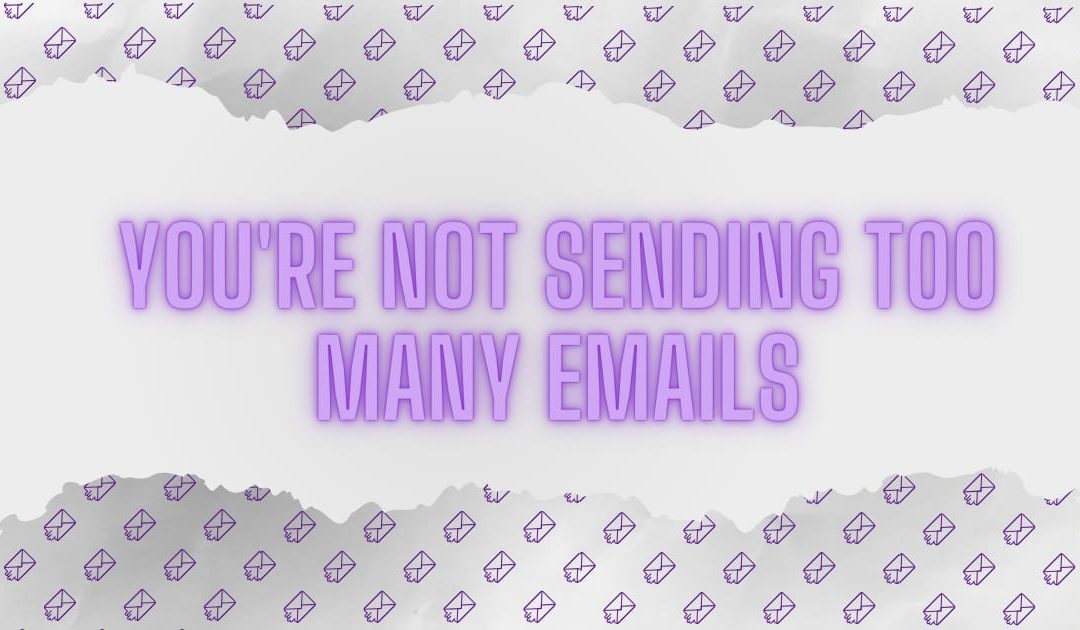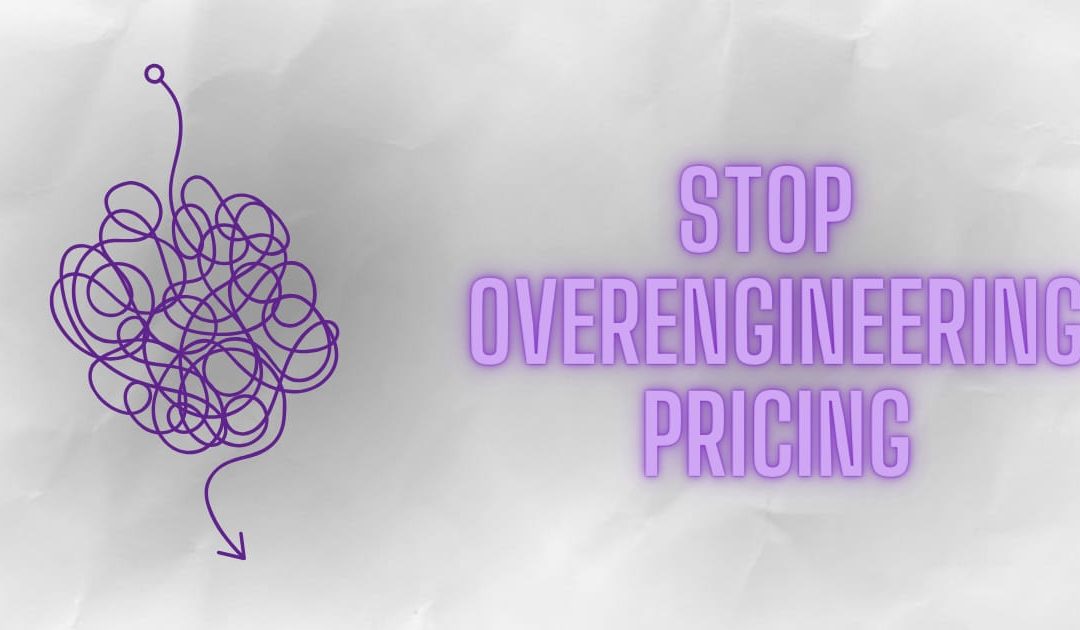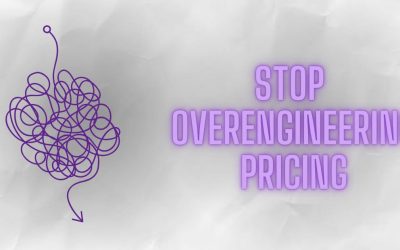Welcome back to Marketing Qualified! Here’s what we’re talking about this week:
-
Build ads backwards. Why message-first ads win.
-
Is content debt ruining your marketing? Fix what you have before creating something new.
⏮ Build ads backwards.
Most B2B ads are built the wrong way around.
Marketers start with a slick visual. Drop in a vague headline like “Revolutionize Your Workflow.” Maybe add a product screenshot. Hit “publish.”
And then wonder why no one clicks.
Here’s the truth:
In our scroll-first, skim-always world, it’s not the design that stops someone. It’s the sentence.
The hook is the ad.
Why message-first ads win.
In performance creative, the best ads don’t win because of animations, color palettes, or transitions.
They win because they deliver one clear, sharp idea—fast.
Think about it: When was the last time you paused on a B2B ad because it had cool transitions? Exactly.
Great B2B ads start with a single thought that reframes the problem.
That thought becomes the message. And then you build the creative around it.
How to build message-first ads:
The best ads don’t start with a layout. They start with a point of view.
Your goal is to write a line that feels weirdly specific to your audience.
A sentence that hit too close to home. Or a claim bold enough that they have to see what’s next.
Here’s how to create a great ad, step by step:
✅ Start with the sentence.
Write one line that gets your audience to lean in.
“60% of your leads go cold because you wait 2 days to follow up.”
“You spent $40K on leads. And left them on read.”
“You don’t need more leads. You need to answer the first one faster.”
✅ Tap into real emotion.
Yes, B2B buyers have feelings—stress, pressure, frustration.
Your hook should hit a nerve. If it doesn’t challenge a belief or confirm a hunch, it probably won’t land.
“Your sales team shouldn’t need to stalk 14 tools to find one lead.”
“Your CFO doesn’t want another dashboard. They want one number: ROI.”
“Marketers say they love reporting. They’re lying.”
✅ Let the format follow the message.
High-polish production can’t save a weak idea. But a lo-fi text post can crush it—as long as the thought is strong enough.
Don’t polish your way out of clarity.
Don’t rely on the visuals to do the thinking. Let the sentence do the work.
✅ Iterate the message, not just the creative.
Instead of swapping stock photos, test new angles on your core idea.
Let’s say your base message is: “Your CRM isn’t the problem—it’s how your team uses it.”
You could test:
-
“Your CRM isn’t broken. It’s just full of lies.”
-
“You don’t have a CRM issue. You have 47 fields no one fills out.”
-
“Sales hates the leads. Marketing blames sales. Here’s what’s actually broken.”
-
“You hired SDRs to book meetings. But they’re stuck updating Salesforce.”
Same concept. Multiple takes.
Each one highlights a different pain point, tone, perspective, or level of awareness.
2 quick tests.
Not sure if you have a good ad? Try these quick tests:
1️⃣ Ask: “Would someone in my audience repeat this line out loud to a coworker?”
If not, it’s probably not memorable or clear enough.
2️⃣ Show your ad’s headline to someone for 2 seconds.
Can they tell what it’s about and why they should care? If not, it’s not the design. It’s the message.
When in doubt, remember:
The prettiest ad doesn’t win. The clearest one does.
Start with the sentence. Then build around it.
📰 In the news this week.
✍️ How to level up your social media writing.
💰 How major life events impact buyer behavior.
🔎 Google may remove your page from search.
🧠 What marketers need to know about X in 2025.
📆 LinkedIn integrates Calendly scheduling into profile buttons.
💳 Is content debt ruining your marketing?
Marketers are great at publishing. Not so great at circling back.
We launch blog posts, ebooks, landing pages, sales decks, etc.—and then move on to the next shiny thing.
But every piece we leave behind without checking, updating, or retiring quietly piles up into something dangerous:
Content debt.
It’s just like technical debt in software development.
You ship fast. Skip maintenance. Tell yourself you’ll fix it “later.”
Only “later” never comes.

What content debt looks like:
-
A landing page with a product feature you sunset last summer.
-
A case study written about a customer that churned 3 years ago.
-
Sales decks with 4 different value props depending on who built them.
-
A blog post from 2021 still quoting stats from 2018.
-
A lead magnet that promotes your old ICP, not the one you sell to now.
Content debt starts small but creates big problems.
Mismatched messaging. Confused buyers. And the worst one: lost trust.
How to pay it down (without going crazy):
1) Start with your moneymakers.
Which pages drive demos? Which assets get used in sales calls? Fix those first.
If it touches revenue, it deserves a fresh coat of paint.
2) Audit for usefulness, not just accuracy.
Is the info right and still helpful? If it’s technically accurate but irrelevant, retire it or rework it.
3) Assign owners and set a schedule.
Give every key asset an owner. Review top pages quarterly. And give sales a way to flag broken stuff in real time (a Slack channel works great).
4) Create less, clean more.
You don’t need 20 new blog posts. You need 7 that are still accurate, still useful, and still converting.
Content debt slows you down. It confuses your buyers. And it weakens your brand.
The fastest way to improve your marketing might not be creating something new. It might be fixing what you already shipped.
😂 Marketing meme of the week.

How’d we do with this week’s newsletter?
A READER’S REVIEW

Enjoy this newsletter? Forward it to a friend to spread the love.
Want us to write about something specific? Submit a topic or idea.








